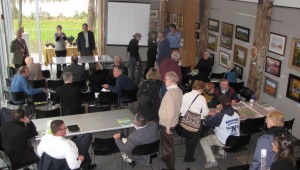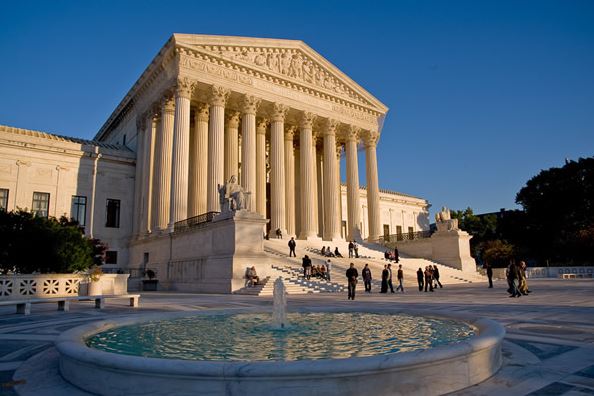
If Walkway Over the Hudson has been a boon to the counties of Ulster and Dutchess, can something be done to help its counterparts in other areas along the river get connected?
The cities of Beacon and Newburgh consider themselves “sisters,” but one of the siblings is lacking in some key amenities the other has: Beacon has the MTA and ample public access to the waterfront ”“ as well as a bus loop that brings visitors from Main Street to the shore.
Newburgh, on the flip side, has very little public land that can be accessed freely ”“ there are no municipal transportation services in place to get residents and visitors from point A to point B ”“ and the city is struggling to move economic vitality further inland.
The impact of twin tropical storms Irene and Lee literally brought Hudson Valley riverfronts to their knees and heightened the reality that living near water can be hazardous to your home, your business and your life. With climate-change scientists predicting the Hudson River will rise between one to four feet by the year 2100, it may not be a concern those who won”™t be around to see it ”“ but it will be for today”™s youth and their children.

How to plan smarter, build smarter and create waterfronts that can withstand what the future bodes, as well as link other river communities, was the focus of Scenic Hudson”™s Nov. 17 meeting at its Long Dock property in Beacon. More than 50 people ”“ from residents to leaders of various river groups ”“ got together to work on ways to make the Hudson”™s shoreline safer and more accessible for both today”™s and for future generations.
“The dialogue needs to start now. Our waterfronts need to rethink how they will build, where they will build and what protections they can put in place to offset climate change. …We can”™t expect FEMA (Federal Emergency Management Agency) to bail us out. It”™s $19 billion in debt as we speak,” said Kristen Marcel, special projects coordinator for the state Department of Environmental Conservation, who led part of the half-day seminar.
Moving waterfront business to higher ground and farther away from the shoreline, while opening up access to the riverfront for wildlife and recreation, was one of the many ideas floated by the participants. Sea walls, similar to the levees in New Orleans, were also discussed as a way to mitigate damage from the rising water level.
In an extensive study of how communities and counties can plan for their waterfronts”™ futures, Scenic Hudson and the state Department of State office of Coastal, Local Government and Community Sustainability, put together an extensive guide to planning for the future. The 100-page “Revitalizing Hudson Riverfronts” is a blueprint for sustainable building practices river advocates hope towns, villages and counties will embrace and put into practice.
Beacon and Newburgh need a little extra care when it comes to sharing their combined bounty, said Newburgh city teacher Ed Kennedy, who runs the Newburgh Rowing Club at the waterfront. “We had a kayaking event. Students came up from community colleges and had to be picked up at the Beacon station, bused to Newburgh and then bused back again. We”™d like to see the ferry, which is only running five days a week, extended to seven.”
Hudson Sloop Clearwater”™s Manna Jo Green told Kennedy the nonprofit has applied for a grant to provide funding for such a plan, saying it is needed and will be a boon to both cities to help grow tourism and boost business.
The conversation is far from over. A climate justice summit will be held at the Catharine Street Community Center in Poughkeepsie on Dec. 10, and Hudson River Watershed Alliance will hold a conference, Watershed Management on a Shoestring Budget on Dec. 15 from 8:30 a.m. to 4 p.m. at the Franklin D. Roosevelt Library in Hyde Park.
A downloadable version of “Revitalizing Hudson Riverfronts” is available at revitalizinghudsonriverfronts.org.


















